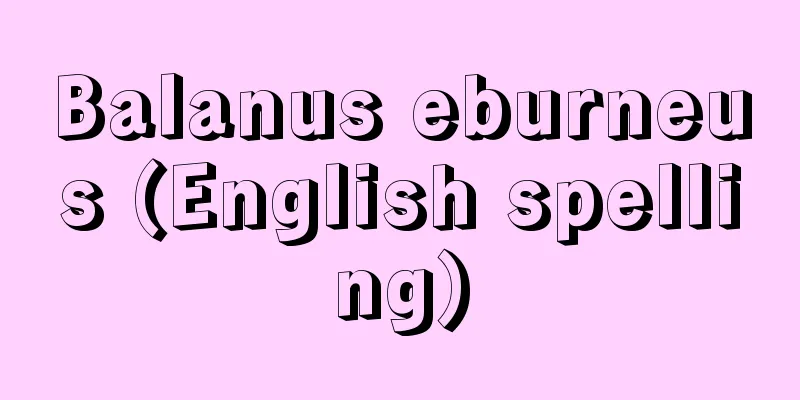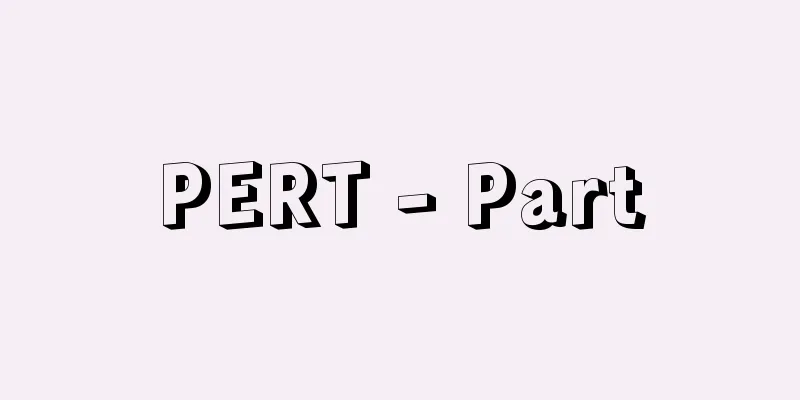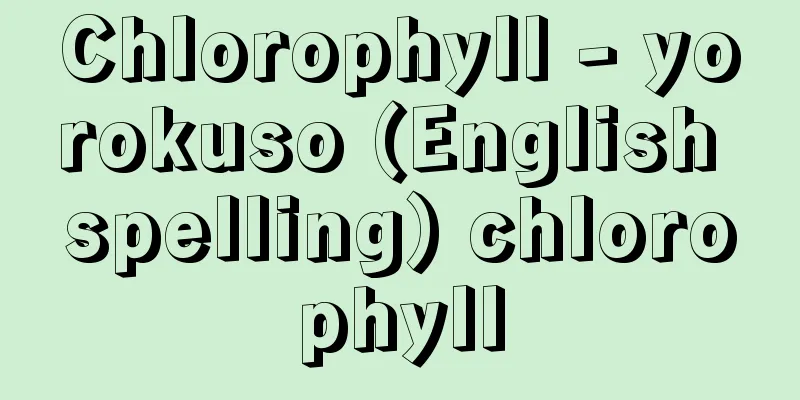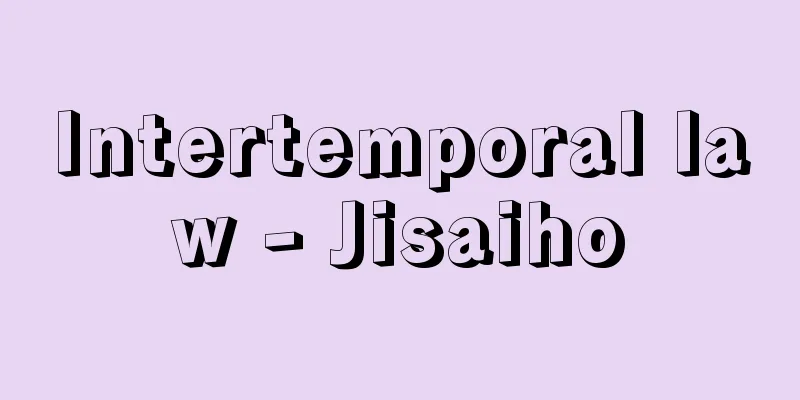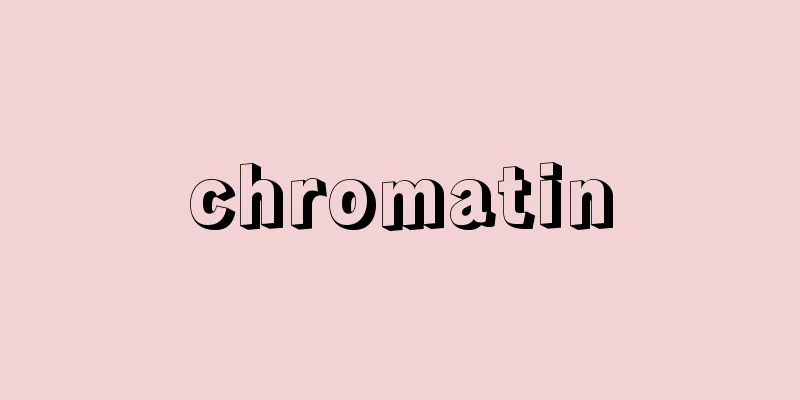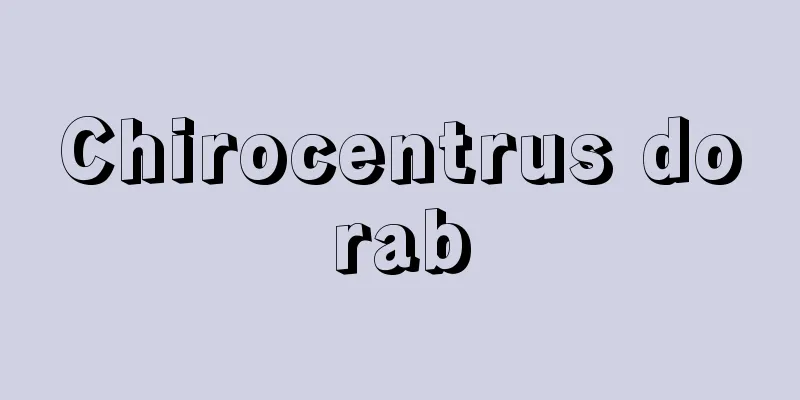Temporary Protection - Ichijihogo
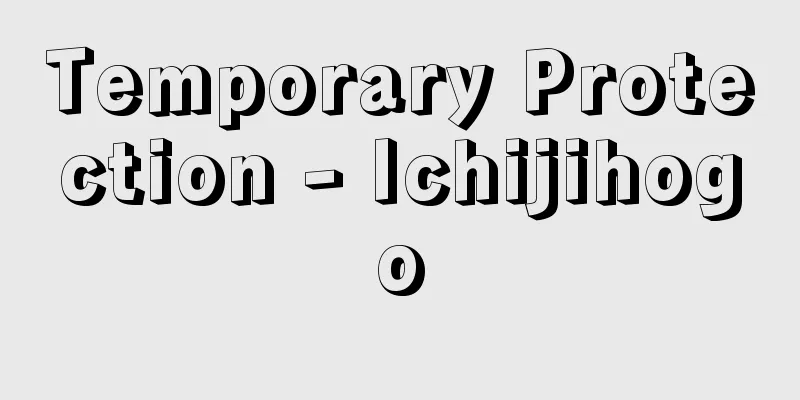
|
With the safety of the child's life as a top priority, when it is determined that the situation is clearly one that cannot be overlooked in terms of the respect for the child's rights and self-realization, child consultation centers will temporarily protect children with the approval of the child consultation center director or prefectural governor, pursuant to Article 33 of the Child Welfare Act. This is carried out in the following cases: (1) Emergency protection: When a child is abandoned, lost, or has run away from home, and there is no suitable guardian or place to stay, and protection is required. (2) Behavioral observation: When behavioral observation and lifestyle guidance are necessary to determine the guidelines for assistance. (3) Short-term admission guidance: When short-term psychotherapy, counseling, lifestyle guidance, etc. are considered effective, but assistance is difficult to provide by other means due to geographical distance, living environment, the child's personality, etc. Children eligible for temporary protection range in age from infants to 17 years old. Considering the significant impact that this can have on children and their families, the decision on whether or not to provide protection cannot be made by an individual child welfare officer in charge, but must be made by the child consultation center as an institution and, if necessary, in cooperation with outside parties, making an objective and rational decision. In order to make an accurate evaluation, it is essential to collect information on a daily basis and to organize it using risk assessment sheets, etc. Children who are placed under temporary protection are placed in temporary protection facilities. In addition, when cases of abuse occur at night or in locations far from child consultation centers, or when temporary protection is necessary under unavoidable circumstances such as when the child is an infant who is not independent or has problematic behavior such as self-harming or harming others, temporary protection can be entrusted to appropriate institutions or private individuals such as police stations, child welfare facilities, medical institutions, foster parents, nursery teachers, school teachers, etc. This is called entrusted temporary protection. Temporary protection is implemented for the minimum period necessary to achieve the purpose, and the Child Welfare Act stipulates that the period must not exceed two months in principle. In addition, temporary protection is generally carried out with the consent of the child and guardian, but unlike regular institutionalization, guardian consent is not required. Therefore, in cases of abuse or other emergency situations, temporary protection can be decided by administrative authority. This is called temporary protection by official authority. However, because guardians have the right to file administrative complaints, child consultation centers must notify guardians of the fact of temporary protection, and in principle, the location of the temporary protection facility must be stated when doing so. Furthermore, if the temporary custody is to last for more than two months (due to suspected abuse, etc.), the child consultation center is required to apply to the family court and obtain approval. Children who have been placed in temporary custody must be released promptly after the purpose of the custody has been achieved, following questioning of the guardians and other necessary investigations and judgments. [Editorial Department, September 17, 2019] [Reference] |Source: Shogakukan Encyclopedia Nipponica About Encyclopedia Nipponica Information | Legend |
|
子供の生命の安全を第一に、子供の権利の尊重や自己実現にとって明らかに見逃すことのできない状況にあると判断されるとき、児童福祉法第33条に基づいて、児童相談所長や都道府県知事などの承認を得て児童相談所が子供を一時的に保護すること。以下のようなケースに実施される。(1)緊急保護 置き去りや迷子、家出した子供など、適当な保護者や宿所がなく、保護を必要とする場合。(2)行動観察 援助指針を判定するため、行動観察や生活指導を行う必要がある場合。(3)短期入所指導 短期間の心理療法やカウンセリング、生活指導などが有効と考えられ、地理的に遠隔または生活環境、子供の性格などの理由から、ほかの方法では援助が困難な場合。 一時保護の対象となる子供の年齢は、乳幼児から17歳までである。保護の要否判断には、子供や家族へ多大な影響が及ぶことを考慮して、担当児童福祉司個人による判断であってはならず、児童相談所としての機関決定や、必要な場合には、外部との連携も含めた客観的、合理的な決定が求められる。的確な評価のためには、日ごろからの情報収集とともに、リスクアセスメントシートなどを用いた情報整理が不可欠である。 一時保護の対象とされた子供は、一時保護所において保護される。また、夜間や、児童相談所から遠隔の場所において虐待事例が発生した場合や、対象となる子供が自立していない乳児であったり、自傷や他害などの問題行動をおこす場合など、やむをえない状況下で一時保護が必要とされる場合には、警察署や児童福祉施設、医療機関、里親、保育所の保育士、学校の教員などの適当な機関や私人などに一時保護を委託することができる。これを委託一時保護という。一時保護は目的を達成するための必要最小限の期間において実施され、児童福祉法ではその期間を、原則として2か月を超えてはならないと規定している。また、一時保護は原則として子供や保護者の同意を得て行われるが、通常の施設入所とは異なり、保護者の同意を要件とはしていない。そのため、虐待などで緊急を要する場合には、行政権限において一時保護を決定することができる。これを職権による一時保護という。ただし、保護者には行政不服申立て権があるため、児童相談所は保護者に対して一時保護の事実を告知する必要があり、その際には一時保護所の所在地を記載することが原則となっている。また(虐待が疑われるためなど)職権による一時保護が2か月を超えて行われる場合には、児童相談所は家庭裁判所に申し出て、承認を得ることが義務づけられている。一時保護した子供の退所は、保護者などの事情聴取や必要な調査と判定を経て、保護の目的が達成された場合には、速やかに行われる必要がある。 [編集部 2019年9月17日] [参照項目] |出典 小学館 日本大百科全書(ニッポニカ)日本大百科全書(ニッポニカ)について 情報 | 凡例 |
<<: Ichijima Family - Ichijimake
Recommend
Fukue [village] - Fukue
A village in Abu District, northern Yamaguchi Pref...
Electric motor
A general term for energy conversion devices that...
Ashuk - Ashuk
...Today, many people are engaged in agriculture ...
Pastoral Symphony
This refers to Beethoven's Symphony No. 6 in ...
Ousu no Mikoto - Ousu no Mikoto
...The latter is a quintessential typology of the...
Sarah (mythology) (English spelling)
...The Romany language has been mixed with region...
Liṅgāyata (English spelling)
…(5) Raseśvara (mercury) According to this sect, ...
Malina, J.
…American theater company. Founded in 1947 by dir...
Organomercury compounds - Organomercury compounds
A general term for compounds that have mercury bo...
Cambridge blue
…Together with Oxford University, it is called “O...
Bodoni, CG (English name) BodoniCG
…Meanwhile, in Florence, Italy, the center of the...
International Jury Committee
International disputes usually involve issues of f...
Grasshopper (Gampsocleis buergeri)
An insect of the Tettigoniidae family in the Ortho...
Crazy Horse
?-1877 Oglala Sioux chief who resisted military co...
Junma Ruju - Urumatoju
… Japanese speed skating made remarkable progress...

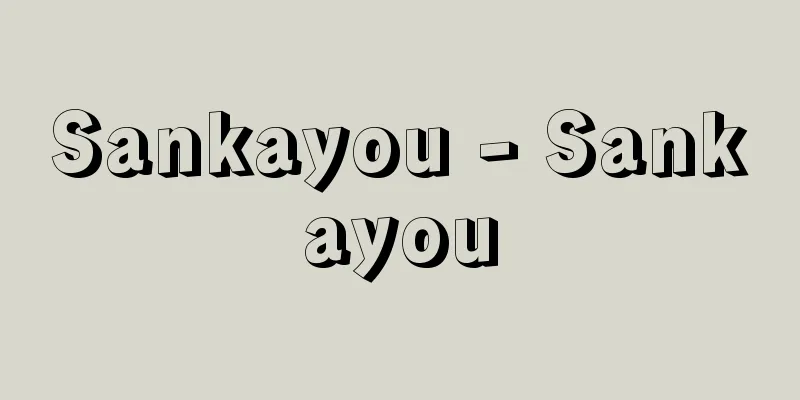
![Manitoba [Province] - Manitoba](/upload/images/67cce94169faa.webp)

